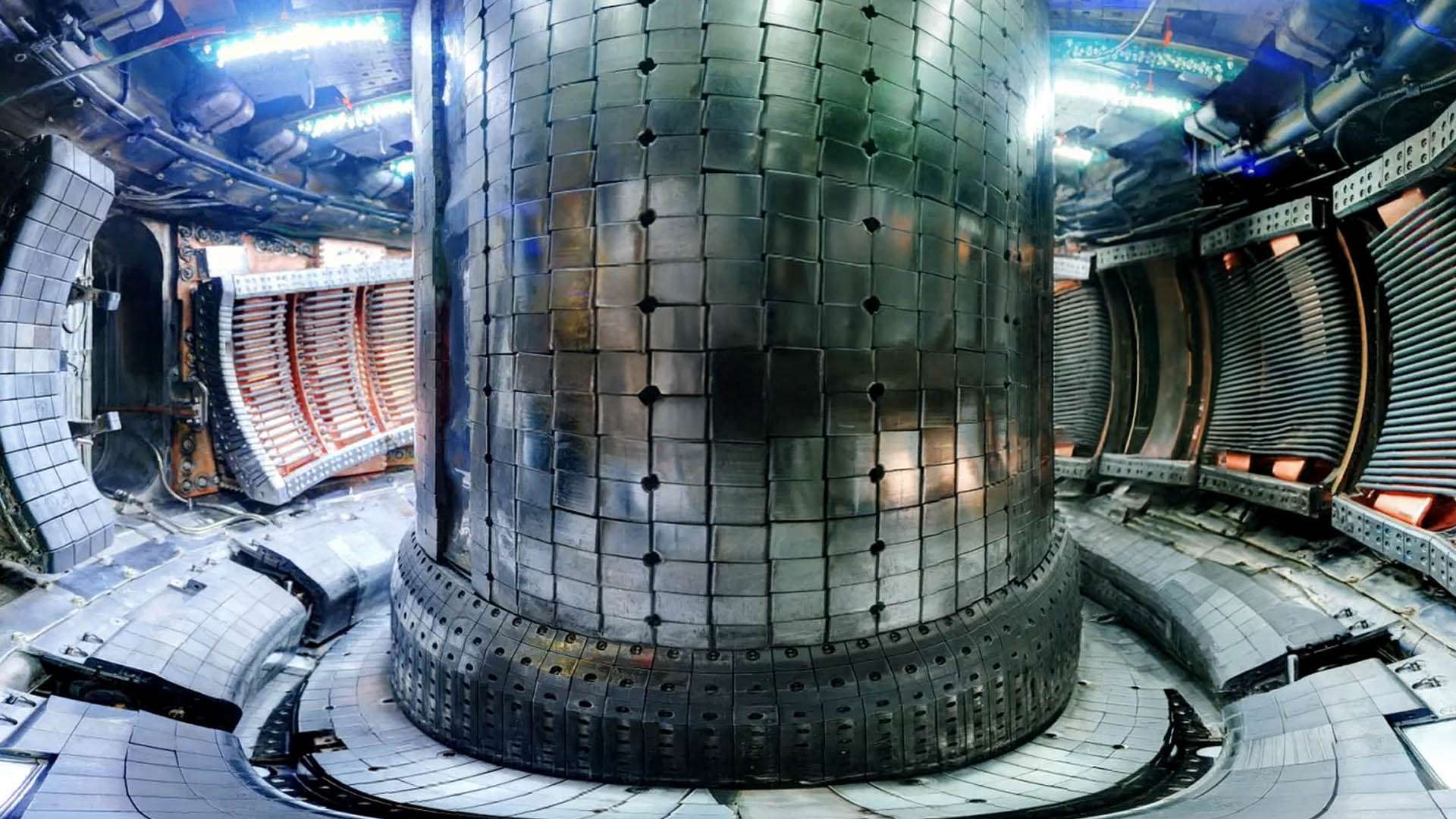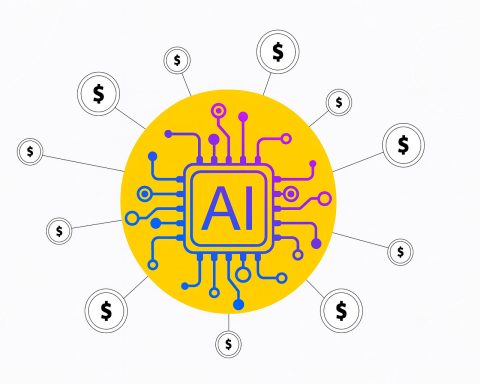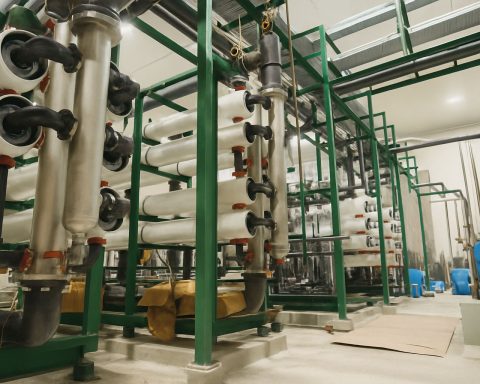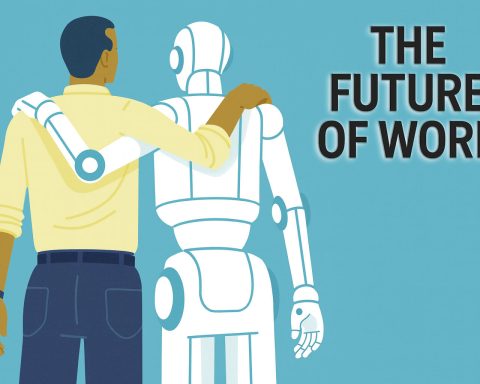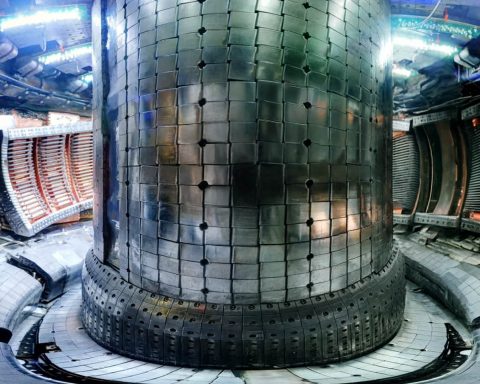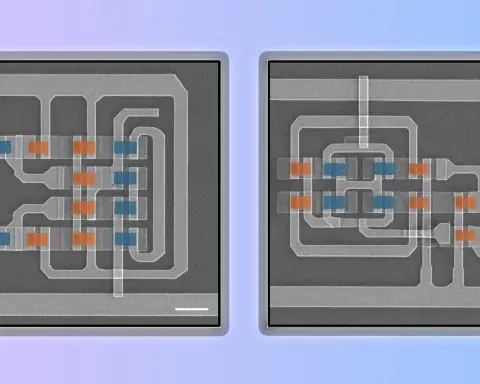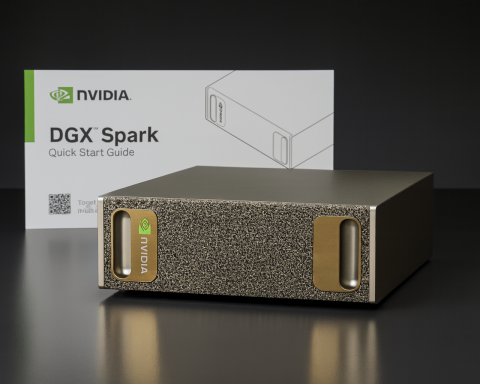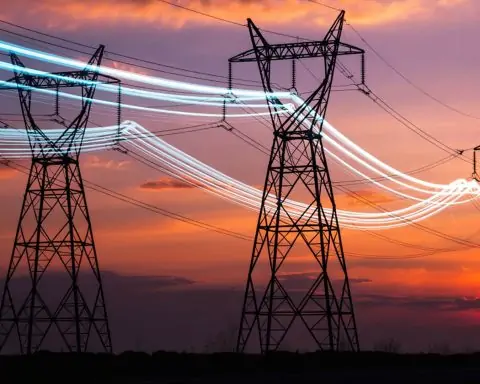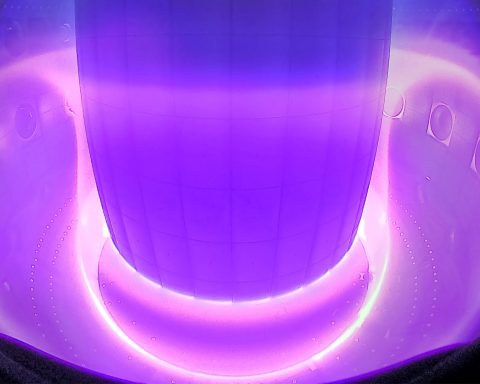- Google DeepMind and Commonwealth Fusion Systems (CFS), a Boston‑area fusion startup, announced a research partnership to use AI to speed development of fusion energy. DeepMind will supply open‑source tools and models; CFS will apply them to its SPARC tokamak. Axios
- Who is the startup: CFS is an MIT spin‑out headquartered in Devens, Massachusetts, building the compact, high‑field SPARC fusion machine and planning its first power plant, ARC, in Virginia. Tokamak Times
- What the AI does: DeepMind’s TORAX simulator (written in JAX) will run millions of fast, differentiable plasma simulations; reinforcement learning and evolutionary search (e.g., AlphaEvolve) will optimize plasma performance and explore real‑time control strategies. Google DeepMind
- Timeline to watch: SPARC is slated to begin operations in 2026 and is targeting net fusion power in early 2027 (Q>1). DataCenterDynamics
- Why now: Google deepened its investment in CFS in June 2025 and signed a 200 MW power purchase agreement from CFS’s first ARC plant (planned for the early 2030s). CFS Energy
- Market signal: After the Google deal, Eni inked a >$1 billion PPA for ARC, underscoring rising corporate demand for 24/7 clean power—especially from AI‑driven data centers. Reuters
- Policy backdrop: The partnership lands the same week the U.S. Department of Energy released a Fusion Science & Technology Roadmap emphasizing AI’s role in accelerating fusion. Nextgov/FCW
- Prior proof: DeepMind previously showed deep reinforcement learning can control plasma shapes on the TCV tokamak at EPFL (published in Nature in 2022), laying groundwork for AI‑assisted control on SPARC. Nature
The in‑depth story
A high‑stakes alliance at the intersection of AI and energy
Google’s AI lab DeepMind has struck a research partnership with Commonwealth Fusion Systems (CFS) to accelerate fusion, the same process that powers the sun. The companies say the deal formalizes work they began several years ago and focuses on simulating, optimizing, and ultimately controlling fusion plasmas in CFS’s SPARC machine using state‑of‑the‑art AI. Axios
CFS, headquartered in Devens, Massachusetts (outside Boston), is building SPARC, a compact tokamak that uses high‑temperature superconducting (HTS) magnets to achieve high magnetic fields in a smaller footprint—a design that aims to shorten timelines to first net energy gain and inform its commercial plant ARC. MIT researchers and CFS previously demonstrated a record 20‑tesla large‑bore magnet, a key enabling technology for this path. Tokamak Times
What DeepMind is bringing: TORAX + reinforcement learning
At the core of the collaboration is TORAX, DeepMind’s open‑source, differentiable tokamak core transport simulator written in JAX. TORAX can couple to machine‑learning surrogates, run efficiently on CPUs/GPUs, and—crucially—backpropagate through physics to enable gradient‑based optimization of pulses and controllers. DeepMind and CFS say it lets them run millions of virtual experiments before first plasma, rapidly narrowing to the most promising operating scenarios. torax.readthedocs.io
Building on TORAX, DeepMind will use reinforcement learning and evolutionary search (e.g., AlphaEvolve) to hunt for control strategies that maximize fusion power while staying within machine limits. The aim is to develop an “AI pilot” that can adapt in real time—managing heat loads in the divertor, adjusting magnets, fueling, and heating to keep the plasma stable and productive. Google DeepMind
Why this matters for the grid—and for AI
This isn’t just blue‑sky research. Google’s parent company deepened its investment in CFS and signed a 200 MW power deal from the company’s first ARC plant (Chesterfield County, Virginia) as part of a broader strategy to secure firm, zero‑carbon power for energy‑hungry AI and cloud operations. ARC targets the early 2030s for first power. CFS Energy
The corporate demand signal is strengthening: in September, Eni agreed to an additional >$1 billion PPA for ARC. And state officials tout ARC as a planned 400 MW facility—“first of its kind” at grid scale—aimed at about 150,000 homes’ worth of electricity. Reuters
Timelines and milestones
- SPARC status: The demonstration device near Boston is expected to begin operations in 2026, with a target of net fusion power (Q>1) in early 2027—i.e., more fusion power out than power fed into the plasma. DeepMind’s tools are intended to front‑load the learning curve so CFS can start closer to optimal operating points. DataCenterDynamics
- ARC commercialization: The first commercial ARC plant in Virginia is slated to deliver power in the early 2030s, backed by Google’s 200 MW PPA and Eni’s deal. CFS Energy
How AI could change fusion’s pace
Historically, plasma control involved intricate, hand‑tuned algorithms with limited ability to explore vast parameter spaces. In 2022, DeepMind and EPFL showed that deep reinforcement learning can autonomously shape and stabilize plasma in a research tokamak—evidence that AI can handle the fast, high‑dimensional control loops fusion demands. Applying these methods to SPARC could compress years of experimental iteration into software‑driven cycles. Nature
TORAX advances this by making the simulator itself differentiable, enabling gradient‑based optimization and tight integration with learned surrogates. In practice, teams can sweep through heating profiles, fueling schemes, and magnetic configurations; evaluate trade‑offs between fusion power and component heat loads; and surface robust “operating recipes” before SPARC ever turns on. torax.readthedocs.io
Money, momentum, and market pull
CFS raised $863 million (Series B2) in August 2025, with participation from Google and Nvidia—capital aimed at finishing SPARC and advancing ARC. Corporate offtakes from Google and Eni further de‑risk the path to commercialization by clarifying future revenue streams. CFS Energy
Policy context: Washington leans in
On Oct 14, 2025, the U.S. Department of Energy unveiled a Fusion Science & Technology Roadmap, highlighting AI as a “tremendous enabling technology” to speed core science and engineering. The DeepMind–CFS tie‑up tracks directly with that emphasis on AI‑accelerated modeling, control, and materials discovery. Nextgov/FCW
What’s different about CFS’s hardware
CFS’s architecture relies on high‑temperature superconducting magnets to achieve higher fields in a smaller machine—an approach validated by MIT/CFS’s 20‑tesla large‑scale magnet result. Higher fields can improve confinement and raise the odds that a compact tokamak like SPARC achieves Q>1, a key scientific milestone toward a practical power plant. MIT News
Caveats: “Net energy” vs. net electricity
Even if SPARC hits Q>1, that’s scientific breakeven (fusion power out vs. plasma heating power in). Delivering net electricity to the grid demands additional engineering: efficient power handling, heat exhaust management, long‑pulse or steady operation, materials that withstand extreme conditions, and an economic plant design—challenges ARC is meant to address in the early 2030s. CFS Energy
What to watch next
- SPARC commissioning milestones through 2026 (magnets, cryogenics, systems integration) and first plasma. DataCenterDynamics
- Validation of TORAX against past tokamaks and early SPARC data; release of new open‑source modules/models. Google DeepMind
- AI‑in‑the‑loop control demonstrations on SPARC (e.g., heat‑load mitigation in the divertor, pulse optimization under constraints). Google DeepMind
- Commercial signals: additional PPAs or manufacturing partnerships that shore up ARC’s supply chain and financing. Reuters
Sources & further reading
- DeepMind’s announcement and technical plan (TORAX, RL control, objectives). Google DeepMind
- TORAX documentation (differentiable JAX simulator). torax.readthedocs.io
- Axios exclusive on the partnership, SPARC timing, and context. Axios
- SPARC schedule and Q>1 target (industry coverage). DataCenterDynamics
- Google–CFS strategic partnership and 200 MW PPA (June 30, 2025). CFS Energy
- Eni–CFS PPA >$1B (Sept 22, 2025). Reuters
- DOE Fusion Science & Technology Roadmap announcement. Nextgov/FCW
- DeepMind & EPFL Nature paper on RL plasma control (2022). Nature
